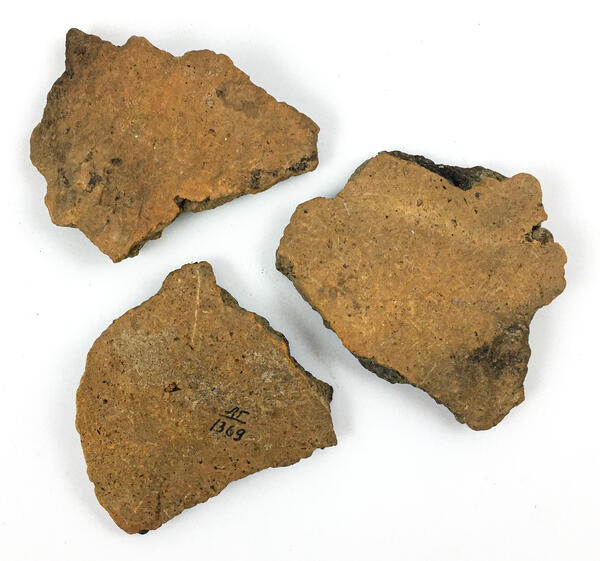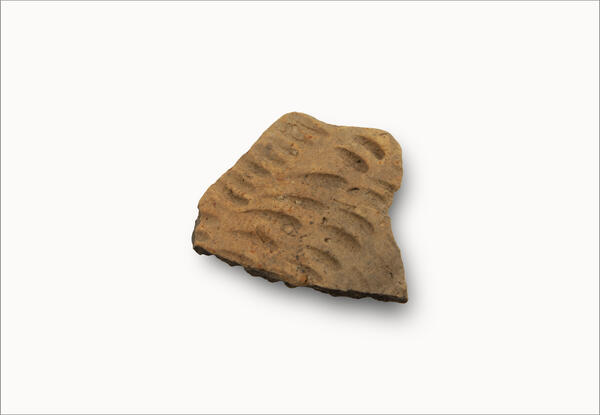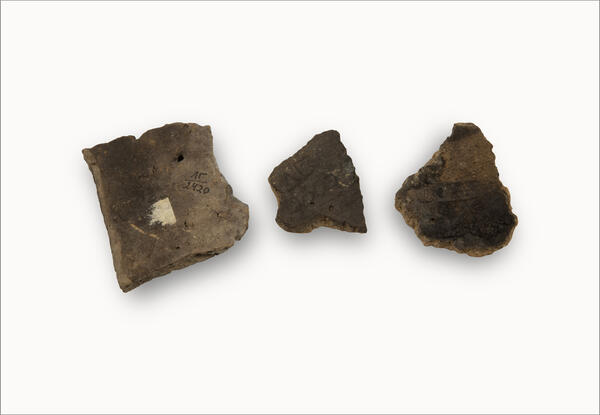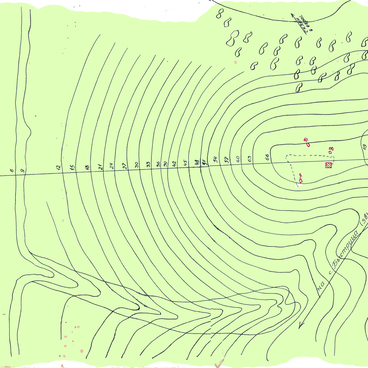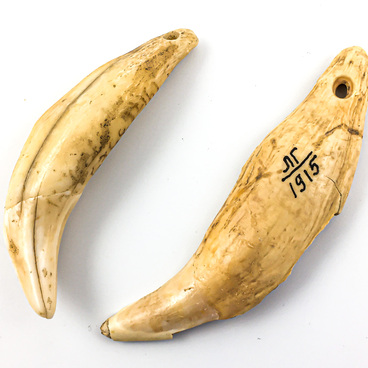In 1929, the archaeologist Otto Nikolayevich Bader conducted research in the vicinity of Gorokhovets, including Lysaya Gora, which is a hill of natural origin, where people that used stone and wooden tools lived in the 6th century BC.
Based on the results of an archaeological expedition in 1929, Otto Bader made the following conclusion, “Excavations on the site of Lysaya Gora showed that settling in this area happened twice: first before the beginning of the Common Era and then around the middle of the 1st millennium AD. The settlement formed in the second period might have belonged to the ancient tribe of Meryans.”
Initially, the excavation materials were kept in the Vyazniki Museum, and then, in the late 1960s, they were transferred to the Gorokhovets Nonprofit Museum. Starting in 1970, Otto Bader engaged in lengthy correspondence with Anna Stepanovna Zakharova, the first director of the Nonprofit Museum, discussing the preservation and condition of the excavation materials.
An extract from Bader’s letter dated January 4, 1972, reads,
Based on the results of an archaeological expedition in 1929, Otto Bader made the following conclusion, “Excavations on the site of Lysaya Gora showed that settling in this area happened twice: first before the beginning of the Common Era and then around the middle of the 1st millennium AD. The settlement formed in the second period might have belonged to the ancient tribe of Meryans.”
Initially, the excavation materials were kept in the Vyazniki Museum, and then, in the late 1960s, they were transferred to the Gorokhovets Nonprofit Museum. Starting in 1970, Otto Bader engaged in lengthy correspondence with Anna Stepanovna Zakharova, the first director of the Nonprofit Museum, discussing the preservation and condition of the excavation materials.
An extract from Bader’s letter dated January 4, 1972, reads,

